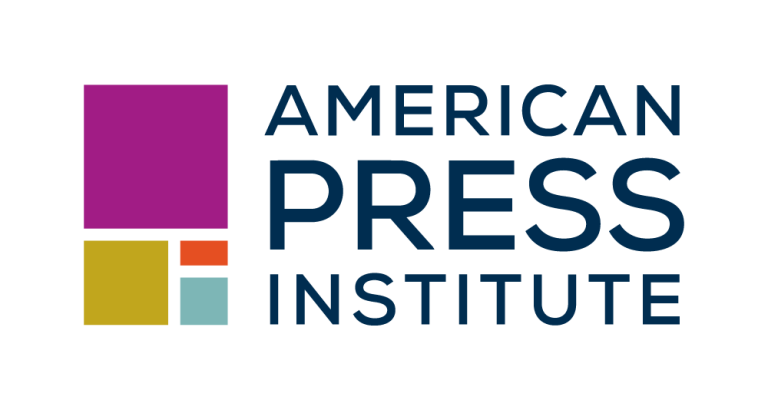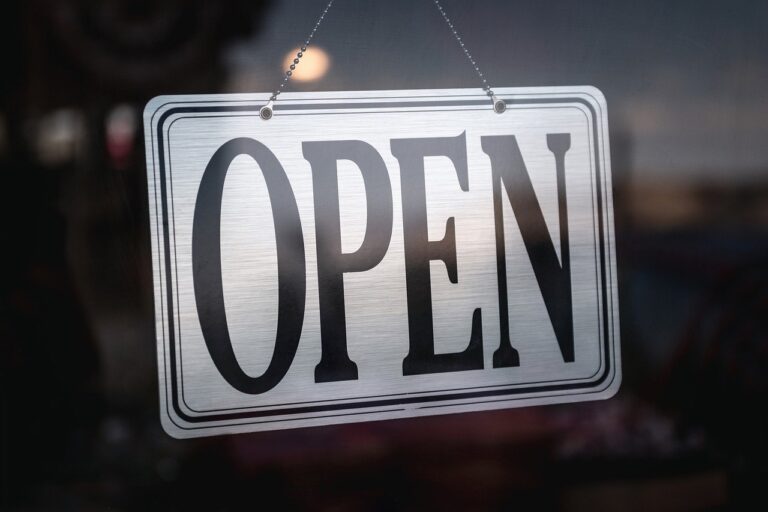Back Home by Chris Hardie
» Download this column as a Word document
» Chris Hardie’s headshot
The challenges of rural broadband access are becoming quite clear as students and employees shift to distance learning and working from home in response to the COVID-19 coronavirus pandemic.
Schools are closed in Wisconsin; many businesses are asking or requiring employees to work from home. That has put a tremendous strain on internet connectivity not just here but all over the country.
The Federal Communications Commission defines the broadband minimum as 25 megabits per second. According to the website broadbandnow.com there are 592,000 Wisconsinites without access to a wired connection capable of that speed — and 836,000 people have access to only one wired provider.
Wireless and satellite services can help fill the gap but there are geographic challenges to wireless, especially in the Driftless Region where I live. My internet access is 3 megabits per second — when it works. Recently, the service failed for more than six hours in the middle of the day. Other times it goes in and out, making it frustrating to depend on.
The challenge is not just in Wisconsin but in rural areas in general. The FCC says 26.4 percent of rural Americans lack broadband access compared to 1 percent for urban Americans.
While connection issues challenge worker productivity, it becomes difficult for education. We’re certainly having a taste of that right now.
“Rural students without broadband access are going to be very limited in their ability to stay connected with their teachers and peers, and stay on top of their schoolwork. And in many cases, adults in rural households have off-farm jobs that may require them to work from home at this time. Without that option their jobs could be in jeopardy,” said RJ Karney, director of congressional relations for the American Farm Bureau Federation.
School districts are scrambling to help students who don’t have internet access. But even for those that do, the quality of learning likely suffers.
The Center for Research on Education Outcomes at Stanford University presented in 2015 a study on the impacts of online charter-school enrollment on the academic progress of students. While findings vary for each student, the results in the report show the majority of online charter students had far weaker academic growth in both math and reading compared to their traditional public-school peers.
We are making progress. Gov. Tony Evers this past year set an ambitious goal that all Wisconsin homes and businesses would by 2025 have download speeds of at least 25 megabits per second and upload speeds of 3 megabits per second.
It’s a question whether we will achieve that. Broadbandnow.com states 88.4 percent of Wisconsinites have access to the standard of 25 megabits per second. It states 85 percent have access to 100 megabits per second or faster. More than $62 million in federal grants has been awarded to Wisconsin’s broadband initiative since 2011.
I’d like to see future grants go toward taking areas to the minimum standard and not used to increase the speeds in communities that already have 25 megabits per second. It’s also an important economic development tool for rural areas to help attract more families to live and work there.
I like to look for the silver lining in any storm clouds, so the current COVID-19 crisis will provide much for us to learn from. I’m grateful to have any internet service at all and appreciate the efforts of all providers that are working to keep it going.
Chris Hardie spent more than 30 years as a reporter, editor



